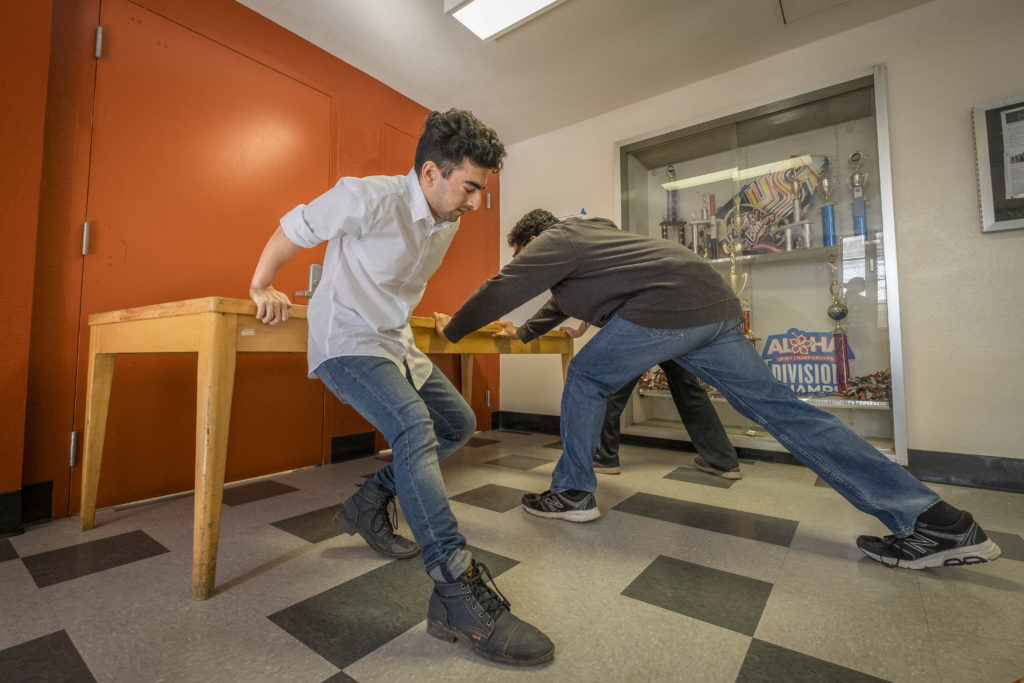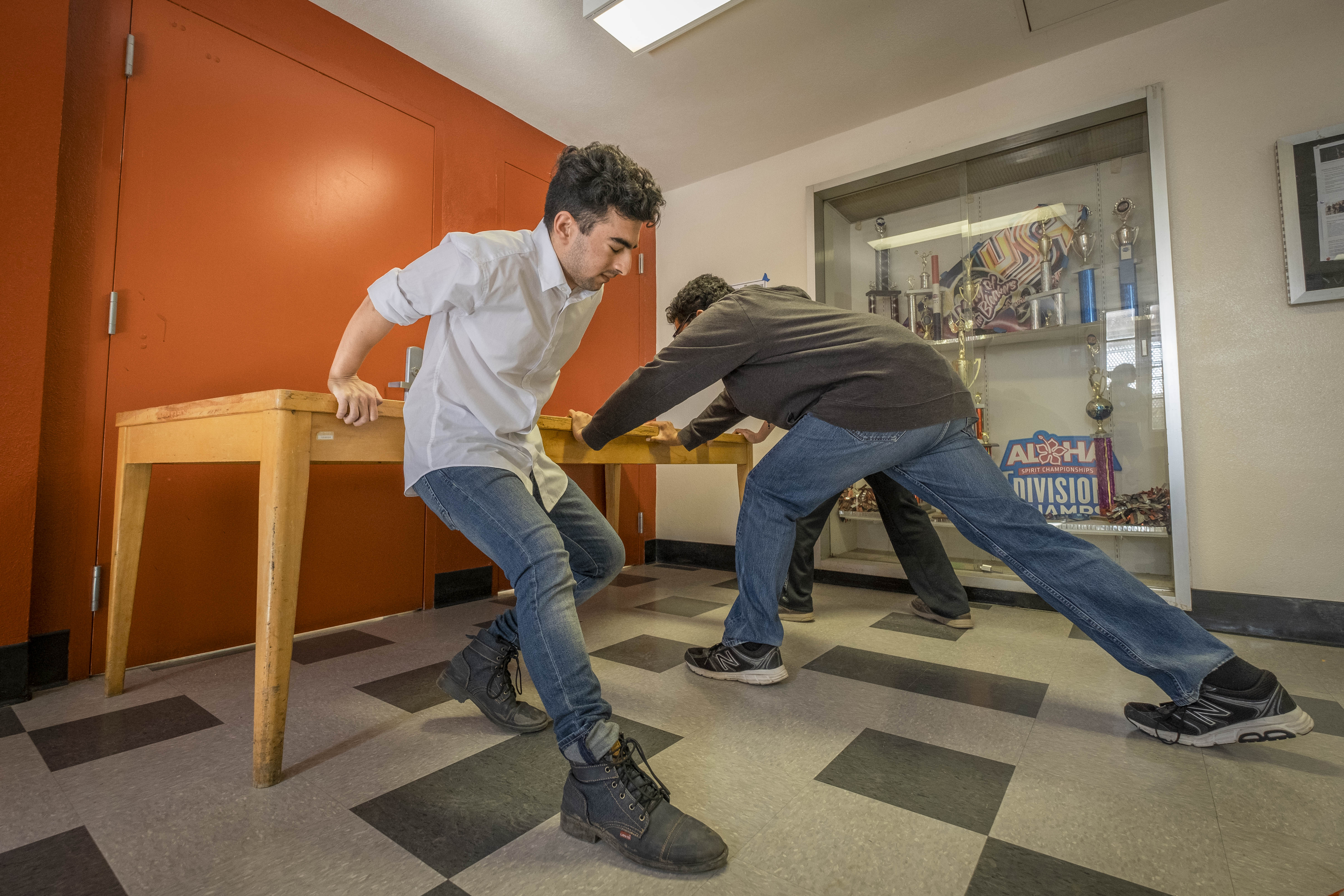
The Los Angeles Sheriff’s Department wants to hold lockdown drills on campus to prepare students and faculty in the event of an actual shooting.
Pierce College Deputy Nick Saldivar is instructing these drills on campus.
“This is an issue in recent news that people are worrying about,” Saldivar said. “My goal is to educate everybody, without shoving the issue on them to scare them. Education is the number one way to dispel fear.”
Saldivar compared the lockdowns to other drills done on campus.
“We have Earthquake prep, we have fire prep drills. Why not be prepared for an active shooter?” Saldivar said.
LASD is interested in incorporating lockdowns during class periods. .
“We don’t want to interrupt lectures or class for a long time, so we want to keep it brief,” Saldivar said. “We have a brief 10-minute presentation to give during classes.”
The lockdown drills will last usually 10-to-15 minutes.
Director of the Health Center Beth Benne recently participated in a lockdown drill that was conducted in the Health Center.
“Initially I had forgotten, although Saldivar reminded me the morning of,” Benne said. “When I walked out and saw the cadets in the waiting room, it clicked. ‘Everybody, we’re having a lockdown drill,’ I had said.”.
In the lockdown, faculty used rebar to block the front door from being opened and located the lockdown room, which for the Health Department is the lab room.
Benne said the lockdown drill was short and good practice for a real active shooter situation.
“Practice makes you better, but it won’t make you perfect,” Benne said. “If we’re familiar with what needs to be done when the adrenaline is pumping, the hope is that the practice will allow you to make the right choices in a state of terror.”
At the Academic Senate on October 7, LASD Captain Rodrick Armalin shared information with professors on what to do during a shooting.
“In the event, locking your door is one of the first things you should do. We use the term ‘run, hide, fight’, which means if you have a way to safely get off of campus and away from what’s happening, then take it,” Armalin said. “If you don’t, then secure your area that you’re at and hide, turn your phone off, be quiet and lock the door.”




